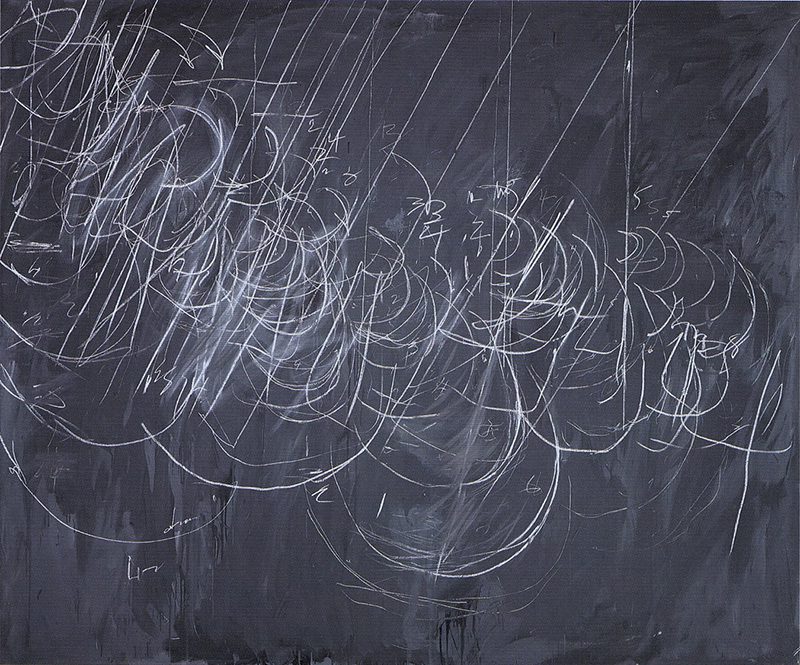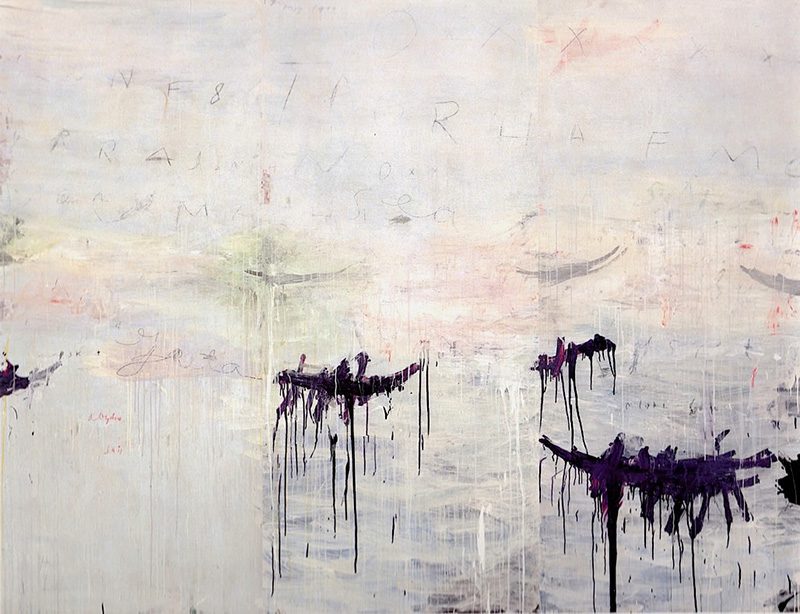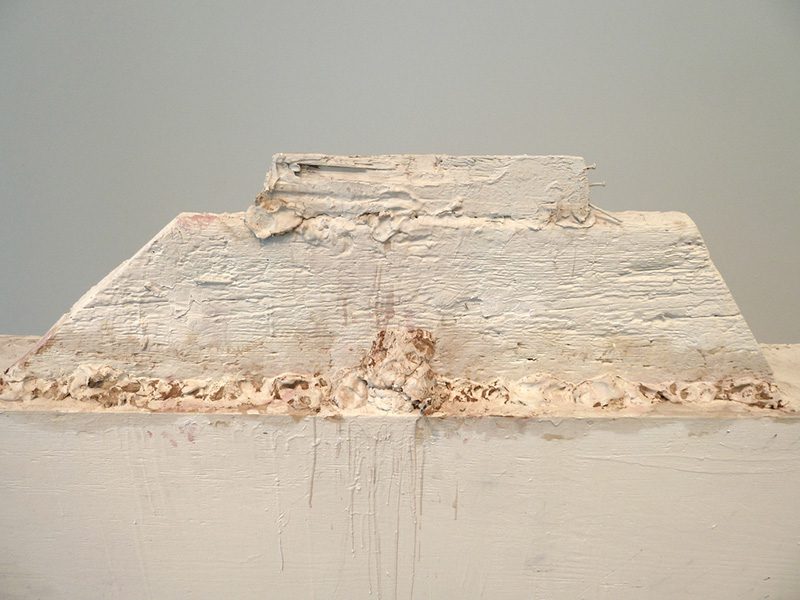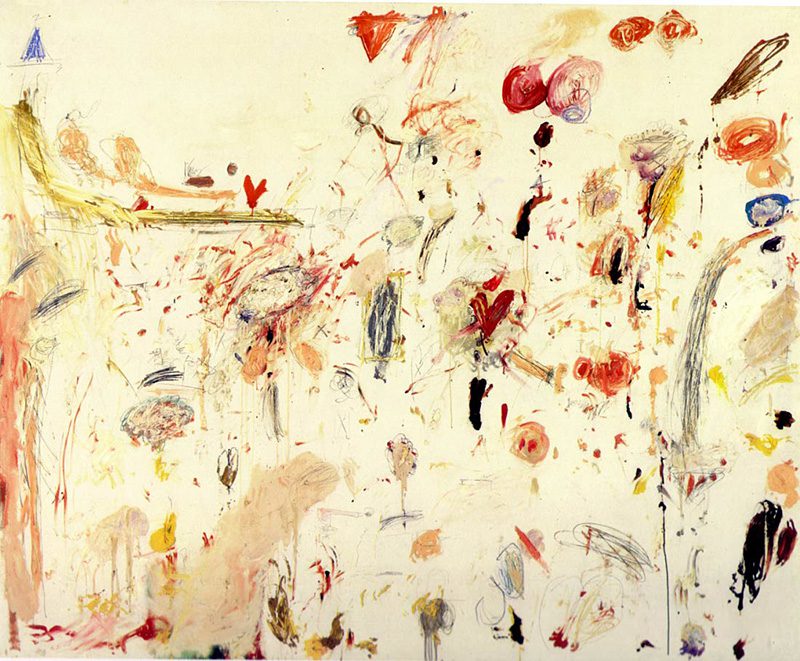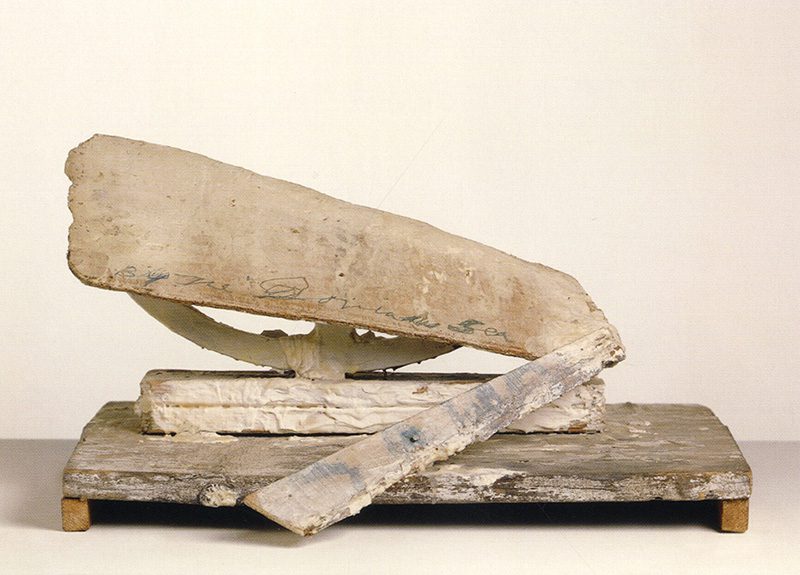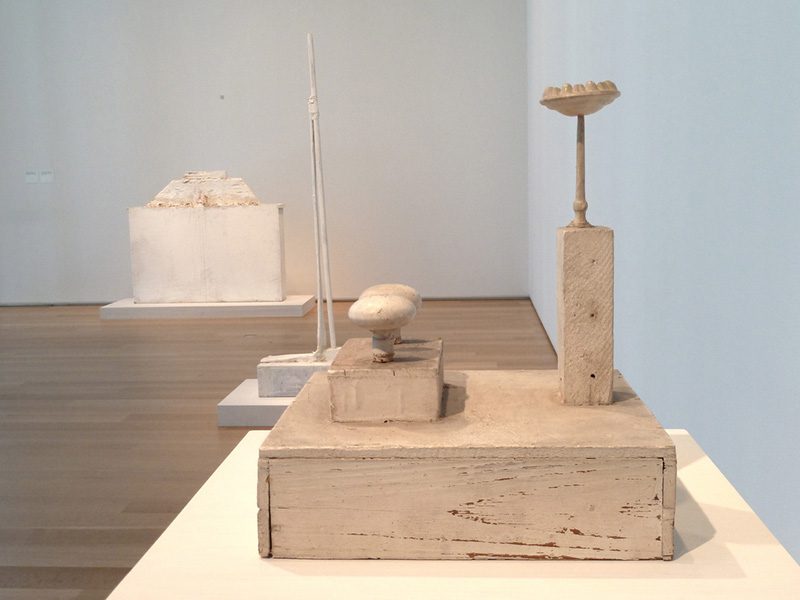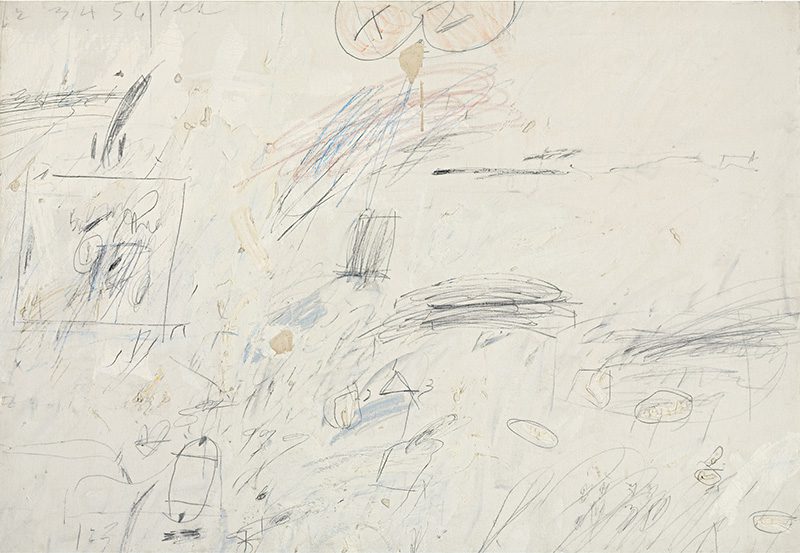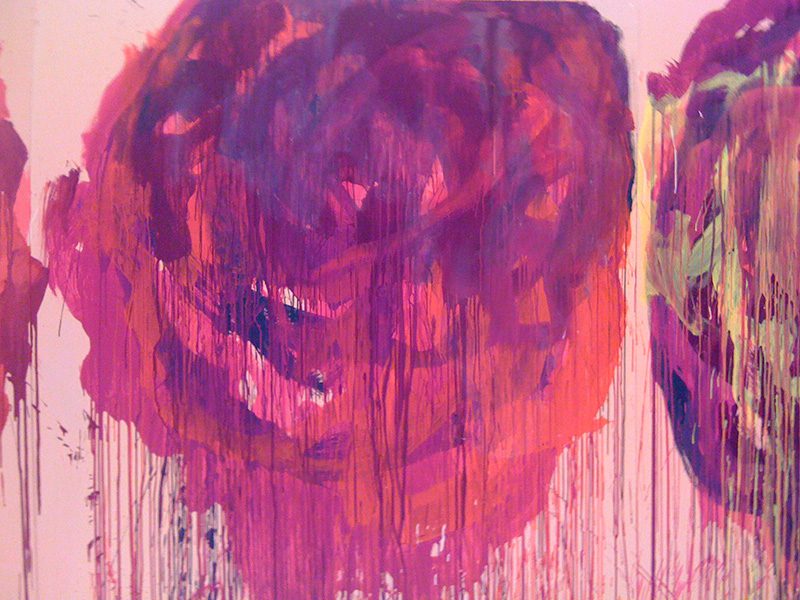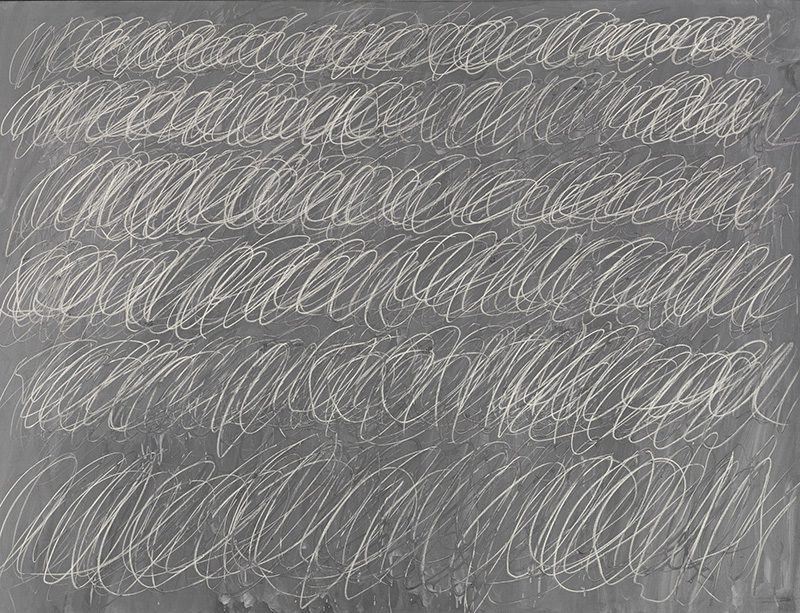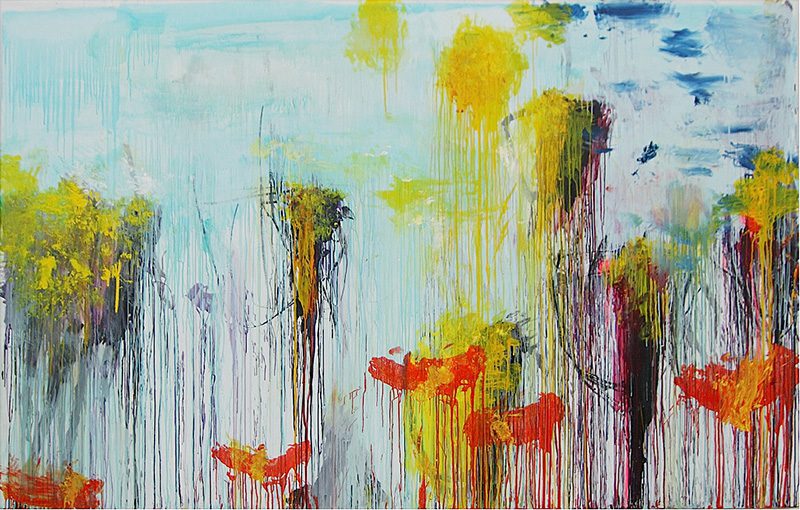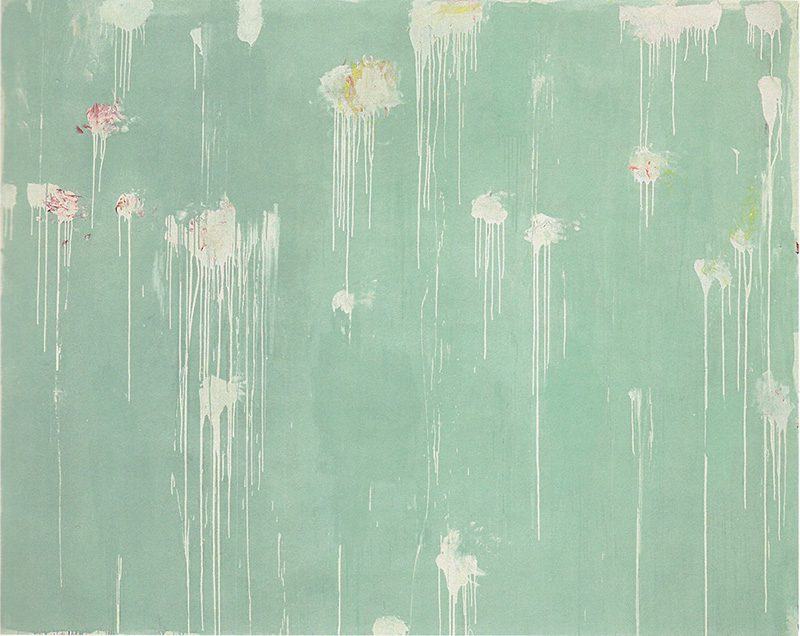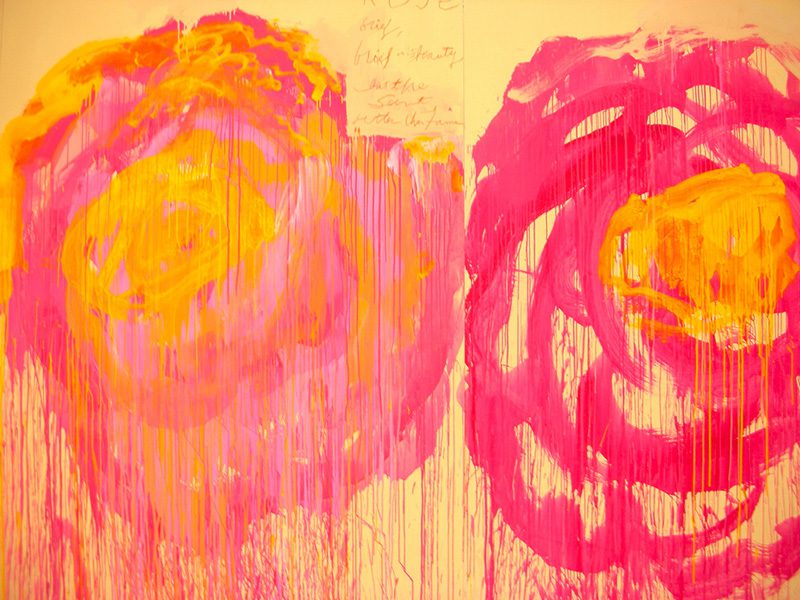TRACES:Cy Twombly
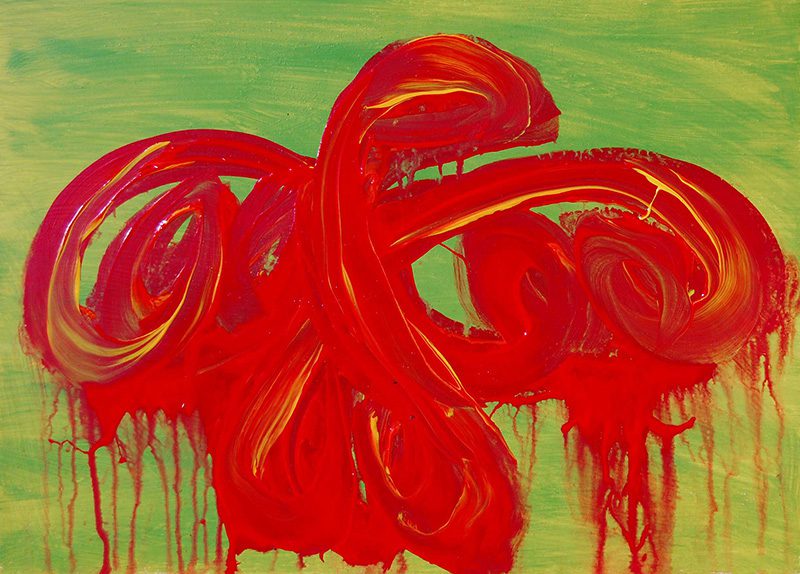 Today is the occasion to bear in mind Cy Twombly (25/4/1928-5/7/2011), he is considered to be one of the greatest American painters after Abstract Expressionism. His distinctive aesthetic was both a continuation of Abstract Expressionist techniques in a post-war and European setting that internationalized Contemporary Art, and a new direction that used “low” art practices such as penciled words and scribbled crayon in the context of “high” art and art history. Through documents or interviews, starting with: moments and memories, we reveal out from the past-unknown sides of big personalities, who left their indelible traces in time and history…
Today is the occasion to bear in mind Cy Twombly (25/4/1928-5/7/2011), he is considered to be one of the greatest American painters after Abstract Expressionism. His distinctive aesthetic was both a continuation of Abstract Expressionist techniques in a post-war and European setting that internationalized Contemporary Art, and a new direction that used “low” art practices such as penciled words and scribbled crayon in the context of “high” art and art history. Through documents or interviews, starting with: moments and memories, we reveal out from the past-unknown sides of big personalities, who left their indelible traces in time and history…
By Efi Michalarou
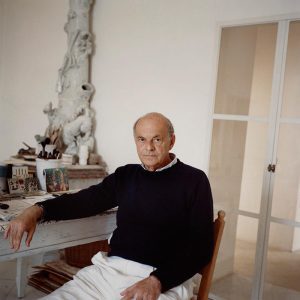 Cy Twombly was born Edwin Parker Twombly Jr, in Lexington, Virginia, as a young boy, Twombly ordered and worked on art kits he ordered from the Sears Roebuck catalog. His parents encouraged his interest in art, and at twelve years old he started studying with the Spanish modern painter Pierre Daura. Following high school, Twombly began formal art training at the School of the Museum of Fine Arts in Boston (1947-49), where he became interested in the Dadaist and Surrealist work of artists such as Kurt Schwitters and Alberto Giacometti. At his parents’ suggestion, Twombly then spent a year at Washington and Lee’s newly created art program before moving to New York in 1950 to study at the Art Students League, where he met Robert Rauschenberg. At Rauschenberg’s encouragement, he attended Black Mountain College (1951-52), where he studied under Franz Kline, Robert Motherwell, and Ben Shahn. The Kootz Gallery, New York, organized his first solo exhibition in 1951. At this time, his work was influenced by Kline’s black-and-white gestural Abstract Expressionism as well as by Paul Klee’s childlike imagery. In 1952, Twombly traveled to Italy and North Africa with Rauschenberg on a grant from the Virginia Museum of Fine Art. Upon returning, the two artists had a joint 1953 exhibition at Stable Gallery in New York, which resulted in such a hostile and negative response from the public that gallery director Eleanor Ward had to remove the visitor comments book. On his return in 1953, he served in the army as a cryptologist. From 1955 to 1959, he worked in New York and Italy, finally settling in Rome. During this period he began to create his first Abstract sculptures, which, although varied in shape and material, were always coated with white paint. In Italy, he began to work on a larger scale and distanced himself from his former Expressionist scribbles, moving toward a more literal use of text and numbers, drawing inspiration from poetry, mythology, and classical history. He subsequently created a vocabulary of various signs and marks, sometimes sexually charged, that read metaphorically rather than according to any form of traditional iconography. In Rome, Twombly’s early ‘60s work took on greater scale and more vibrant color, while also drawing on themes of eroticism and violence. Although Twombly’s work was well-received in Italy, a New York exhibition of Twombly’s “Nine Discourses on Commodus” (1963) received brutal reviews. From 1966 to 1972, Twombly created a number of canvases that resembled blackboards, with light-colored loops and scrawls flowing across grey backgrounds. Twombly was invited to exhibit his work at the 1964 Venice Biennale. Twombly worked less frequently in the late ‘70s and ‘80s, but continued creating important canvases. In the mid-‘70s he also returned to sculpture, a medium in which he had not worked for almost 20 years. These sculptures, often focusing on Classical themes, were largely assembled from found objects and painted white. Italy continued to influence his work, he spent much time in the medieval port city of Gaeta, and many of his paintings from the ‘80s reflected his interest in the sea. Classical references persisted in his later work, particularly in the form of Bacchus, the god of wine. Twombly’s paintings in the next decades expanded his previous use of color, applied with gestural brushstrokes that occasionally depicted more recognizable forms, such as flowers and landscapes. Twombly suffered from cancer for several years and died in Rome.
Cy Twombly was born Edwin Parker Twombly Jr, in Lexington, Virginia, as a young boy, Twombly ordered and worked on art kits he ordered from the Sears Roebuck catalog. His parents encouraged his interest in art, and at twelve years old he started studying with the Spanish modern painter Pierre Daura. Following high school, Twombly began formal art training at the School of the Museum of Fine Arts in Boston (1947-49), where he became interested in the Dadaist and Surrealist work of artists such as Kurt Schwitters and Alberto Giacometti. At his parents’ suggestion, Twombly then spent a year at Washington and Lee’s newly created art program before moving to New York in 1950 to study at the Art Students League, where he met Robert Rauschenberg. At Rauschenberg’s encouragement, he attended Black Mountain College (1951-52), where he studied under Franz Kline, Robert Motherwell, and Ben Shahn. The Kootz Gallery, New York, organized his first solo exhibition in 1951. At this time, his work was influenced by Kline’s black-and-white gestural Abstract Expressionism as well as by Paul Klee’s childlike imagery. In 1952, Twombly traveled to Italy and North Africa with Rauschenberg on a grant from the Virginia Museum of Fine Art. Upon returning, the two artists had a joint 1953 exhibition at Stable Gallery in New York, which resulted in such a hostile and negative response from the public that gallery director Eleanor Ward had to remove the visitor comments book. On his return in 1953, he served in the army as a cryptologist. From 1955 to 1959, he worked in New York and Italy, finally settling in Rome. During this period he began to create his first Abstract sculptures, which, although varied in shape and material, were always coated with white paint. In Italy, he began to work on a larger scale and distanced himself from his former Expressionist scribbles, moving toward a more literal use of text and numbers, drawing inspiration from poetry, mythology, and classical history. He subsequently created a vocabulary of various signs and marks, sometimes sexually charged, that read metaphorically rather than according to any form of traditional iconography. In Rome, Twombly’s early ‘60s work took on greater scale and more vibrant color, while also drawing on themes of eroticism and violence. Although Twombly’s work was well-received in Italy, a New York exhibition of Twombly’s “Nine Discourses on Commodus” (1963) received brutal reviews. From 1966 to 1972, Twombly created a number of canvases that resembled blackboards, with light-colored loops and scrawls flowing across grey backgrounds. Twombly was invited to exhibit his work at the 1964 Venice Biennale. Twombly worked less frequently in the late ‘70s and ‘80s, but continued creating important canvases. In the mid-‘70s he also returned to sculpture, a medium in which he had not worked for almost 20 years. These sculptures, often focusing on Classical themes, were largely assembled from found objects and painted white. Italy continued to influence his work, he spent much time in the medieval port city of Gaeta, and many of his paintings from the ‘80s reflected his interest in the sea. Classical references persisted in his later work, particularly in the form of Bacchus, the god of wine. Twombly’s paintings in the next decades expanded his previous use of color, applied with gestural brushstrokes that occasionally depicted more recognizable forms, such as flowers and landscapes. Twombly suffered from cancer for several years and died in Rome.

